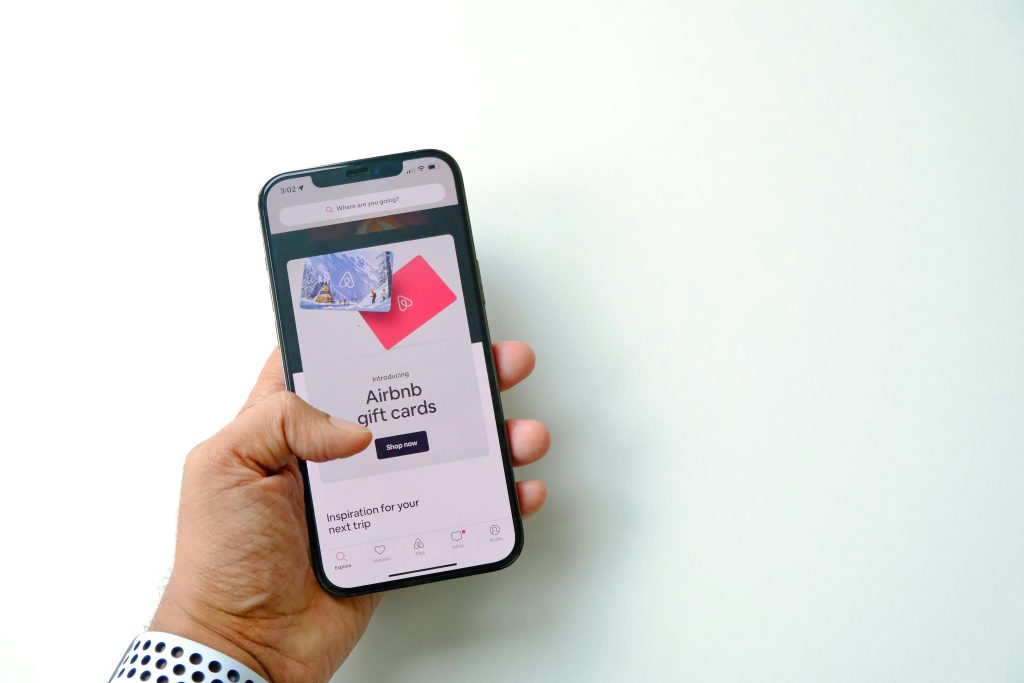Flutter has become one of the most popular frameworks for building mobile apps, especially in fast-growing markets like Dubai and the UAE. If you’re planning to launch an e-commerce app, Flutter is an excellent choice. It helps you build apps that are not only visually attractive but also fast and high-performing across both Android and iOS platforms.

Whether you’re a Flutter app developer, a business owner, or working with a mobile app agency in the UAE, this blog will guide you through building a smooth and speedy Flutter-based e-commerce app.
Why Speed and Performance Matter
In today’s world, users expect apps to load fast and respond instantly. A slow app can lead to:
- Frustrated users
- Abandoned shopping carts
- Low app store ratings
- Lost sales
In a highly competitive e-commerce market like Dubai, user experience is everything. Speed and performance directly impact your sales and customer satisfaction.
Benefits of Using Flutter for E-commerce App Development
Flutter offers several benefits that make it ideal for e-commerce apps:
- Fast Development: Write one codebase for both Android and iOS.
- Smooth UI: Flutter gives you full control over design and animation.
- High Performance: Apps are compiled directly to native code.
- Strong Community: Regular updates and growing library of plugins.
- Easy Maintenance: Fix bugs and roll out updates faster.
If you’re working with a mobile app agency in the UAE, make sure they have Flutter experts on board.
1. Start With a Clean Architecture
The structure of your app affects both performance and scalability.
Follow these tips:
- Use MVVM or Clean Architecture to keep logic and UI separate.
- Break down large widgets into smaller, reusable ones.
- Organize your folders by feature or layer.
Clean code helps developers update or fix parts of the app without breaking anything else.
2. Optimize Images and Media
E-commerce apps often use lots of product images, which can slow down the app.
What you can do:
- Use compressed image formats (like WebP).
- Lazy-load images so they only appear when needed.
- Cache product images to avoid repeated downloads.
A good Flutter app developer will also use plugins like cached_network_image to improve performance.
3. Use Asynchronous Programming
To keep the app responsive, long tasks should run in the background.
Use:
- Future, async/await, and Streams for background tasks.
- Background fetch for updates or syncing data.
- State management tools like Provider, Bloc, or Riverpod for better control.
This prevents the app from freezing while fetching product lists or processing payments.
4. Reduce App Startup Time
The first impression matters — and a slow startup will push users away.
Improve launch time by:
- Avoiding heavy logic in the main() method.
- Displaying a lightweight splash screen while the app loads.
- Preloading only essential data.
This is a key part of mobile app development for e-commerce, especially when building for impatient users in the UAE.
5. Implement Efficient Navigation
Smooth navigation is crucial in a shopping app. Users need to jump between categories, carts, and product pages quickly.
Do this by:
- Using Navigator 2.0 or third-party routing packages like go_router.
- Keeping the navigation stack light.
- Avoiding unnecessary rebuilds when switching screens.
Efficient routing ensures that navigation doesn’t lag or crash.
6. Use Firebase or Cloud-Based Backend
Choosing the right backend impacts performance and scalability.
Flutter works well with:
- Firebase (authentication, Firestore, cloud functions)
- Node.js or Laravel APIs
- AWS or Google Cloud for scalability
Firebase is often a top pick for UAE startups due to its speed and flexibility.
7. Keep the UI Simple and Clean
A crowded or flashy design may look good at first but slows down the app and confuses users.
Design smart by:
- Using native-like UI components.
- Keeping interactions short and simple.
- Highlighting key actions like “Add to Cart” or “Buy Now.”
Following E-commerce App UI/UX Design Trends in the UAE can help you create a look and feel that works well with local users.
8. Enable Offline Support and Caching
Network drops are common, especially when users shop while commuting.
Improve user experience with:
- Offline browsing of cached products.
- Retry options for failed transactions.
- Sync when connection is restored.
A responsive app that still works offline builds trust and increases engagement.
9. Regularly Test and Monitor Performance
Even well-built apps can slow down over time if not tested.
Steps to take:
- Use Flutter’s DevTools for performance tracking.
- Test on real devices, not just emulators.
- Keep an eye on memory usage, frame drops, and load times.
A mobile app agency in the UAE should offer testing as part of their package.
10. Keep Your App Updated
Users appreciate regular updates with bug fixes and new features.
Best practices:
- Release small updates often.
- Monitor crash reports via Firebase Crashlytics.
- Collect user feedback for improvements.
Maintaining a high-performance app is an ongoing process, not a one-time task.
Final Thoughts
Building a fast and high-performance Flutter e-commerce app is fully achievable — if you focus on the right things. From image optimization to clean UI and offline support, every small decision can make your app better.
Flutter is a powerful tool, and when used correctly by an experienced Flutter app developer, it can give your business a serious edge in the UAE’s digital market.
If you’re planning to develop an e-commerce app in Dubai or anywhere across the UAE, partner with a trusted mobile app agency in the UAE that specializes in mobile app development using Flutter. They can help you build an app that not only performs well but also delights users and boosts your online sales.


